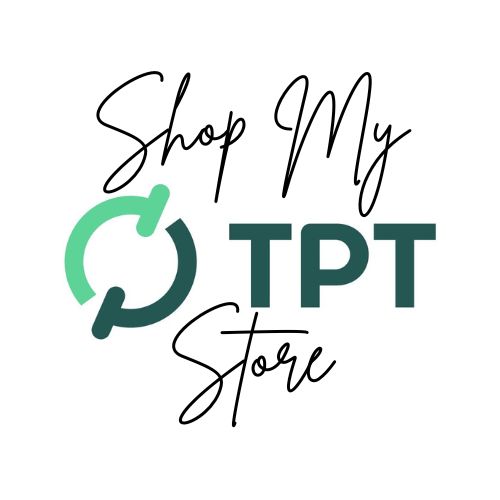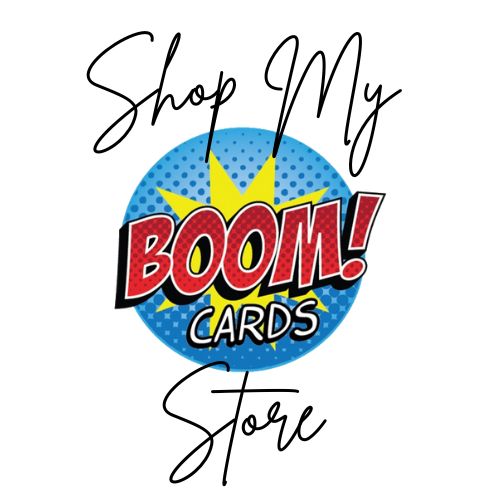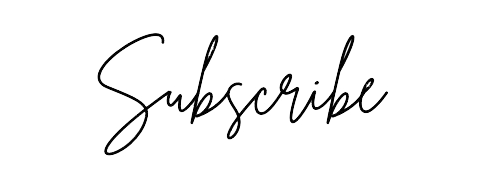Elementary students use the computer more and more each day. Many classes or schools are 1:1 with technology. I am an itinerant and many of the classes I visit have one laptop for each student. Do you have laptops or tablets for all your students?
Are your students learning how to type/keyboard in an effective way that will serve them well in the future? There are good websites that teach keyboarding for young students, such as abcya.com or www.typing.com for older students.
Some Kids Need Modified Typing Lessons
However, some students may need an alternative way to learn to type. I am thinking of students with disabilities – sometimes the need is cognitive, and other times the need is physical. Students with cognitive disabilities may need a modified system that does not insist they use all ten fingers and type from the home row. They may need a way to type with just 1-2 fingers on each hand.
Students with physical needs may need a modified way to learn to type because they are missing fingers, thumbs, or hand and forearm, or they get fatigued quickly. They need to learn how to type one-handed or with only 1-2 fingers per hand.
Once they learn where the keys are and know their upper and lowercase letters, they just need time to practice. I am developing something akin to digital task cards which allow students to practice their typing skills at all levels.
What’s great is that students get automatic feedback and the teacher gets automatic grading and data collection.
For example, once kids can type uppercase/lowercase letters, and punctuation, the teacher can have them review these skills using my online typing activities developed on a number of interesting topics that can tie into what the teacher is already learning. For example below is an example of a St. Patrick’s Day typing assignment.
St. Patrick’s Type and Learn Game

In the yellow box, there is a sentence, which is the model. The student will type in the white box below. Then the student clicks on SUBMIT to find out if it was typed correctly or not. If correct, the program moves on to the next sentence to type. If incorrect, the student can fix his/her mistake and SUBMIT again. This type of activity is excellent for independent centers. In fact, why don’t you go experience this now? Click here to go to the preview of this activity. Click on “Full-sized Preview” and then you will also get sound. The preview shows the first four screens only. To see other resources similar to this, go here.
Learn to Type Letters
For beginners or students with disabilities, starting with individual letters is best. Even better is if the letters on the keyboard match what is to be typed. Typically the keyboard has uppercase letters, however, newer laptops, such as some Chromebooks, have lowercase letters on the keyboard. Here are two examples of typing 1-2 letters at a time. in either upper or lower case:

I am expanding my offerings in these areas on my TpT store and Boom Card store since my job now is helping students with orthopedic impairments access their curriculum. Often that means helping them with printing or keyboarding skills. So if this area interests you, note that I publish these on the Boom Learning site first, then post to TpT. Please follow my store to keep up with new products coming out.






